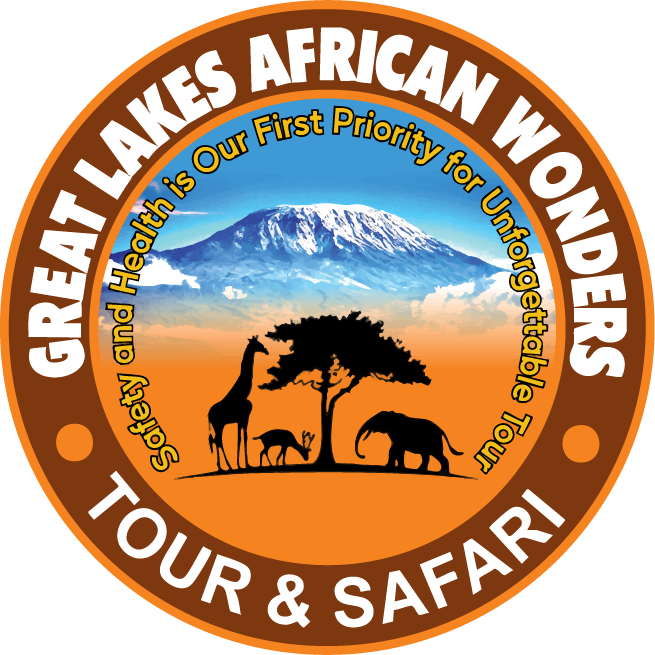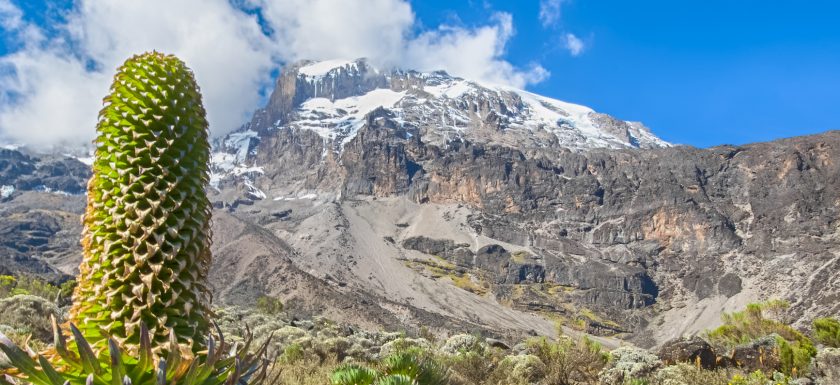Overview
The Lemosho Route is one of the most scenic and less crowded paths to the summit of Mount Kilimanjaro. Starting on the western side of the mountain, it crosses the beautiful Shira Plateau and eventually joins the Machame Route near Lava Tower. Trekkers enjoy breathtaking views, diverse landscapes, and excellent acclimatization opportunities—making it a favorite for photographers and experienced climbers alike.
Itinerary
Distance: 8 km
Hiking Time: 4-5 hours
Habitat: Rainforest
Your Kilimanjaro adventure begins at the Marangu Gate where you'll register and start trekking through a beautiful rainforest. The trail is scenic and rich in wildlife. You'll spend your first night at Mandara Hut, nestled in the forest.
- Distance: 12 km
- Hiking Time: 6-8 hours
- Habitat: Moorland
After breakfast, continue through lush forests into the moorland zone, with stunning views of Mawenzi and Kibo peaks. Arrive at Horombo Hut for rest and dinner. Altitude gain begins to be felt.
Activity: Hike to Zebra Rocks (4,000m) and back
Distance: 5 km round trip
This day allows your body to adjust to the altitude, greatly improving summit success. A short hike to Zebra Rocks helps acclimatization, followed by lunch and rest at Horombo Hut.
- Distance: 6 km ascent + 16 km descent
- Hiking Time: 12-14 hours total
- Habitat: Arctic at summit, then moorland
Start your final ascent around midnight. The climb to Gilman’s Point (5,685m) is tough, but from there, you push on to Uhuru Peak, the highest point in Africa. After celebrating your achievement, descend back to Horombo Hut for a well-deserved rest.
Distance: 20 km
Hiking Time: 6-7 hours
Descend through the lush rainforest to Marangu Gate, where you’ll receive your summit certificate. A vehicle will be waiting to transfer you back to your hotel.
Includes/Excludes
Cost Included
- Professional Kilimanjaro mountain guides (certified, English-speaking, Wilderness First Responder certified)
- Experienced porters and mountain chef
- Daily health checks and pulse oximeter monitoring
- Emergency oxygen cylinder and first aid kit
- Rescue fees and evacuation support (via Kilimanjaro SAR)
Cost Excluded
- International Flights
- Roundtrip airfare to/from Tanzania (e.g., Kilimanjaro International Airport – JRO)
- Tanzanian Visa Fees
- Typically $50–$100 depending on nationality (payable on arrival or online)
- Tips & Gratuities
- For mountain crew: guides, porters, and cook (recommended guidelines available)
- Travel Insurance
- Must include high-altitude trekking (up to 6,000m) and emergency evacuation
- Personal Hiking Gear
- Sleeping bags, trekking poles, clothing, and personal items (can be rented upon request)
- Beverages & Snacks
- Soft drinks, alcoholic beverages, and extra snacks not included in standard meals
- Pre/Post Trek Accommodation
- Hotel stays before and after the trek (available as an add-on package)
- Medical Checkups or Vaccinations
- Recommended vaccinations and personal health preparations are the client’s responsibility
- Portable Toilets (Optional Upgrade)
- Available upon request for an extra fee
- Additional Services
- Laundry, satellite phone use, extra porters, etc., unless pre-arranged
FAQs
It earned the nickname “Coca-Cola Route” because soft drinks like Coca-Cola used to be sold at the huts along the route. It’s also considered an “easier” route compared to others, making it a popular choice for beginners.
The Marangu Route is considered moderate in difficulty. While it has a gentler slope and hut accommodation, the summit day is still physically demanding. Proper acclimatization and physical preparation are important.
Unlike other routes that require camping, the Marangu Route offers permanent mountain huts—Mandara, Horombo, and Kibo Huts. Each provides dormitory-style bunk beds, mattresses, and shared dining areas.
Yes. The 6-day version includes an extra day at Horombo Hut for acclimatization, which significantly increases the chance of reaching the summit and helps reduce altitude sickness.
The 5-day itinerary has a lower summit success rate (~50%) due to limited acclimatization time. The 6-day itinerary has a much higher success rate (~80%).
Each hut has basic shared toilet facilities. They are functional but very basic. Portable private toilets can be arranged for an extra fee.
The best times to climb are during the dry seasons:
January to early March
June to October
These months offer better weather and clearer summit views.


